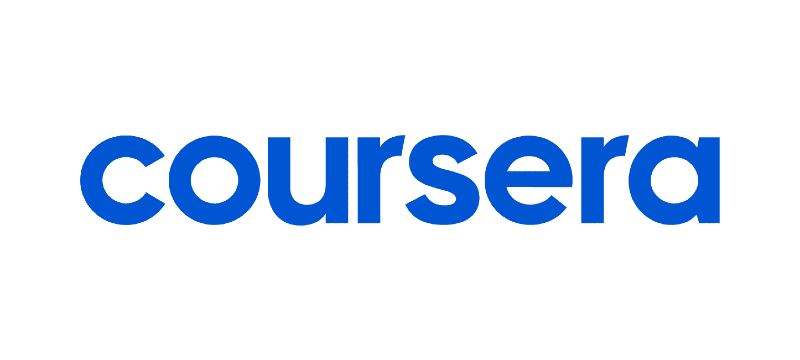Transform, learn, reflect, act: Lessons from the learning frontline
Understand how to progress digital learning provision to the necessary next steps – and see where the next challenges are.
Get lived-experience insights from learning leaders in global companies, including Meta and UNHCR.
Hear about the latest evolutions in learning theory and what the future outlook appears to be.



Two years after COVID-19 hit forcing learning to go digital, HR and L&D functions find themselves at a juncture whereby they’ve got to move on again as the world of work and business moves towards a properly embedded hybrid model.
To help understand where to go next, Jon Kennard, Editorial content manager at UNLEASH chairs a discussion with Tracey Thomas, Learning & Development Partner at Meta and Joel Nielsen, Chief of Section, Leadership Development at UNHCR as they share experiences of quickly pivoting on learning approaches, understanding how to iterate and move on from failure, and properly aligning transformed approaches to learning to operational and strategic needs.
What we do online or virtually [regards learning] is better than what we did face-to-face.
Joel Nielsen, Chief of Section, Leadership Development at UNHCR
Watch on-demand to:
- Understand how to self-evaluate when it comes to your learning strategy – with tips on how to recognize if you need further transformation.
- Get to know how to build on what learning tactics learn and how to dump what doesn’t.
- Hear why learning strategies need input from individuals outside of L&D and HR.
Moving on from COVID-19 silver linings and shifting to long-term strategy
One thing that almost everyone in HR will have experienced is the forced digitalization of operations, including learning, that occurred as the lockdowns were mandated at the start of 2020. For Nielsen, this meant taking development programs under his stewardship online – a forced change he said actually improved UNHCR’s offering. In fact, he explained that the digitalization of learning had forced UNHCR to consider what learning was necessary, condensing parts of the course, as well as the best cadence of delivery, too. As he described, moving online meant the old-style learning of a week-long in-person program was changed into something that integrated better with the flow of work and life.
These are step-changes that Thomas also saw, adding that the pandemic period really emphasized the importance of learning, meaning intentionality grew around it. In fact, in her experience, COVID-19 changed not only the way learning was delivered but conceptions of learning, with people at Meta appreciating how important shared learning moments were, as well as considering how delivery form changed learning. There was also an appreciation of the importance of things like efficiency of learning and asynchronous learning, elements that might not have been considered important before. In all: good news for those in charge of getting employees and leaders engaged with learning.
However, Nielsen warned that this doesn’t mean HR and L&D can get complacent: the next challenge, he said, would be ensuring that lessons and reflections on learning and development, caused by the pandemic, stick around for the long term. It means analyzing what actually worked from the last two-year period and looking at how to make that part of a coherent strategy. Nielsen also addressed the issue of regression: in his view L&D and HR cannot try and take learning back to where it was pre-pandemic, disregarding the transformation it had gone through during the COVID-19 disruption.
How to continue the learning transformation
The next question, of course, is: how do HR and L&D know that it needs to continue on a learning transformation journey, especially if it has already disrupted or updated their own provision as a result of the pandemic.
For Neilsen, one answer could be to simply survey the organization and understand the direction of travel learning needs to support the business. It also could involve asking difficult questions, such as how traditional is learning and whether the length or format of learning provided is actually accessible and useful in the flow of work. Another way learning practitioners can understand if they need to change is by judging how much disruption or future change is going to happen in their industry and adjudging if they need to update practices to meet these challenges.
Thomas added that there are other obvious indications that learning needs further transformation. These include whether learning is being used or not, what engagement levels with learning are like at a given organization, and when they are using it i.e. is learning blending in with the flow of work. To further help temperature check learning, both webinar speakers also advocated knowing the business intimately and speaking to functions to better understand where they need to go. Thomas also advocated for L&D to think of itself as a business, too; in other words, ensuring that it constantly was striving to be better and continue evolving.
Other recommendations for how to understand if L&D needs to progress included looking at literature and content around the subject of learning, such as podcasts, books, individuals who model change, and social media, too.
What else does L&D need to consider?
Already, with so much to consider it can be hard for L&D to chart a way through the noise. Luckily, in the webinar both Thomas and Neilsen rounded off the session with a quick run-through of all the different elements that can continue to ensure that L&D transforms in the right way and that what it delivers is engaging.
Some of their thoughts on what L&D needs to consider are below:
Be relatable – To ensure that L&D gets good feedback and responds to what functions need, it needs to have good relations outside of itself. And, when it does make changes, it needs advocates and business leaders to help deliver these changes – whether they are strategic or learning sessions themselves. If L&D gets them on board, changes will land more effectively.
Understand how to reflect on what’s working and what doesn’t – L&D has got to get real with itself, too. Building quickly, getting a minimum viable product out there, getting feedback, and asking for critique from those external to the function are all key. Yet, L&D can’t forget its vision within this.
Feedback is key – L&D can’t get precious with what it creates. Let a diverse array of stakeholders deliver feedback on strategy and product and don’t have an ego about it. In many ways, L&D should be creating a container for learning and letting the culture dictate its future direction.
Experience is crucial – Experience of learning should guide future evolution. If employees can remember how they felt learning, it will be taken forward. Similarly, L&D should focus on creating a buzz that learners can take forward to drive future development.
Approach digital sensibly – With so much digital transformation occurring, it can be tempting to go all-in on the latest digital application. Instead, L&D should be focused on taking calculated risks, looking at what they can control, and starting small when it comes to digital.
